
This type of test is intended to verify the conformity of equipment installed in areas with risk of explosion in the presence of hydrocarbon fluids and vapors (equivalent to ATEX principle). These explosive conditions are present in aeronautics, but also in industrial, automotive and marine activities.
Explosion resistance - These tests subject the equipment under test to a vacuum environment with a gaseous fuel mixture. The device must work and be subjected to the actuations at its disposal (turning buttons, pressing switches) and must not ignite the environment.
Explosive conditions are obtained by producing a stoichiometric air/fuel mixture in sufficient proportions to exceed the lower explosive limit of this mixture. These must take into account the nature of the components of this mixture but also the temperature and pressure conditions in which this mixture is made.
Products and components operating in these hazardous atmospheres are associated with fuel installations (example: tanks, motor pump units, valves, monitoring and control instruments, etc.).
Our tests are carried out in accordance with the requirements of the following standards EUROCAE-ED-14D, RTCA DO-160, MIL-STD-810, MIL-STD-202-109. These standards allow the evaluation of:
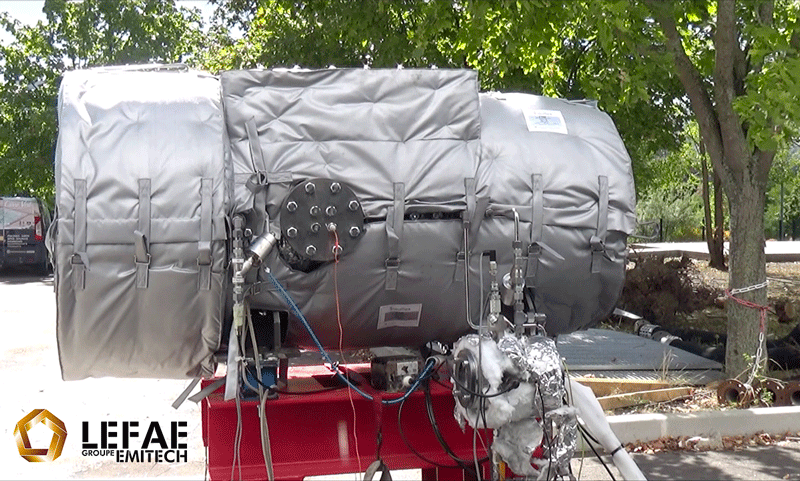
Our test bench is an internal achievement and has been designed to allow the installation and implementation of the explosion conditions defined below:
Sealed openings are available on the walls of the test chamber to allow activation or powering of the equipment under test (example: electrical control, fluid supply, mechanical activation) .
Our bench can be used to investigate the behavior of intrinsically explosive products and analyze the toxic gases resulting from their explosion.
RTCA DO 160 on explosive atmosphere testing defines the requirements for aircraft equipment that may come into contact with flammable substances.
These substances may be fluids, vapors or both. DO 160G refers to normal and fault conditions that may occur and that could be subject to flammable materials during flight operations.
The flammable test fluids, vapors and gasses simulate those used in conventional aircraft that require oxygen for combustion.
This test is implemented to demonstrate equipment’s capability to operate in a flammable environment without causing an explosion, or to show that the design is able to prevent the explosion spreading outside of the enclosure of the equipment.
There are three types of test specified in the RTCA DO 160. These tests are containment test, non-ignition test and components or surface temperature test.
The RTCA DO 160G test standard states that equipment should be installed in aircraft zones. These zones depend on their ability to prevent vapor explosion during their normal functioning
Atmosphere in a space in which uncovered flammable fluids or vapours exist or can exist, either continuously or intermittently (for example, in fuel tanks or fuel systems).
Equipment installed in such environment should not be able to ignite the surrounding atmosphere in their normal or double failure conditions of operation.
Atmosphere in which flammable mixtures can be expected to occur only as a result of a single fault-causing spillage or leakage.
Equipment installed in such environments should not be able to ignite the surrounding atmosphere in their normal or faulty possible operation modes. Only equipment single failure should be considered.
Atmosphere in which flammable mixtures can be expected to occur. These could be as a result of a single fault-causing spillage or leakage. Equipment installed in such environment should not be able to ignite the surrounding atmosphere in their normal operation modes.
Atmosphere within a designated fire zone or an aircraft area in which flammable mixtures cannot be expected to occur as a result of a double fault-causing spillage or leakage. No requirement applies to equipment located in such zone.
The DO 160G test standard specifies three main categories of equipment.
In normal operation, the temperature of any surface of this equipment will not rise to a level capable of causing ignition. In addition, no other working parts will cause ignition so that it meets the non-inflammation test.
The ignition of an explosive mixture is contained within the equipment without igniting the surrounding explosive atmosphere, so it meets the containment tests. Hermetically sealed equipment is identified as Category A equipment.
This equipment is not hermetically sealed.
This equipment is also not contained in cases designed to prevent of flames and explosions propagation.
This equipment is designed so that, during operation, the temperature of any internal or external surface does not rise to a level capable of causing ignition. In addition, no functioning internal parts will cause ignition, so that it meets the non-ignition test.
This equipment is not intended to be installed in environment I.
This equipment (which can be hermetically sealed) contains hot spot surfaces (external or internal) and does not produce sparks under normal operating conditions.
This equipment is designed so that, during normal operation, the temperature of any internal or external surface will not rise to a level capable of causing ignition. Hermetically sealed equipment meeting temperature requirement on external surface shall be identified as Category H equipment.



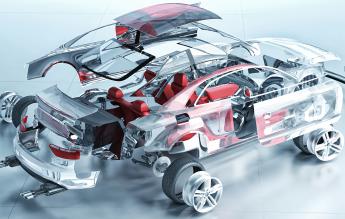






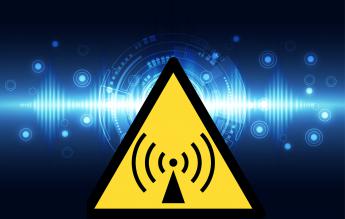

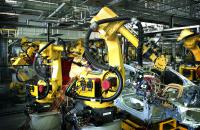
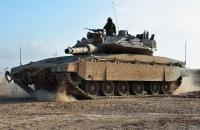


Emitech Group - Legal information